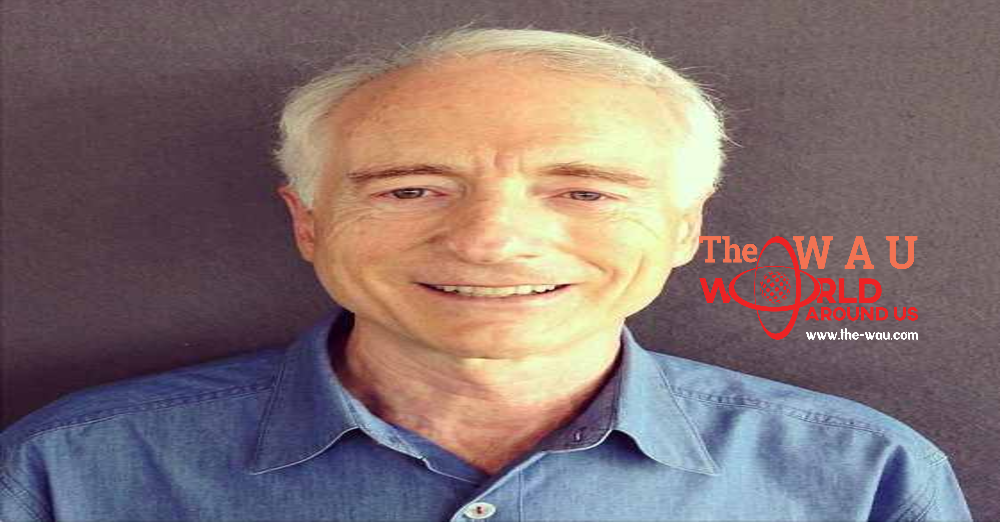Mr Tesler started working in Silicon Valley in the early 1960s, at a time when computers have been inaccessible to the large majority of humans.
It become way to his innovations - which covered the "cut", "copy" and "paste" commands - that the personal computer became easy to analyze and use.
Xerox, in which Mr Tesler spent a part of his career, paid tribute to him.
"The inventor of reduce/copy & paste, find & replace, and greater, turned into former Xerox researcher Larry Tesler," the agency tweeted. "Our workday is now easier thanks to his progressive ideas."
Mr Tesler turned into born in the Bronx, New York, in 1945, and studied at Stanford University in California.
After graduating, he specialized in consumer interface layout - that is, making pc systems greater consumer-friendly.
He worked for some of principal tech firms during his lengthy career. He started out at Xerox Palo Alto Research Center (Parc), before Steve Jobs poached him for Apple, where he spent 17 years and rose to leader scientist.
After leaving Apple he set up an education start-up, and worked for short intervals at Amazon and Yahoo.
In 2012, he instructed the BBC of Silicon Valley: "There's almost a ceremony of passage - after you have made a few money, you don't simply retire, you spend your time investment different companies.
"There's a totally strong detail of excitement, of being capable of percentage what you've got discovered with the next generation."
'A counterculture vision'
Possibly Mr Tesler's most famous innovation, the cut and paste command, was reportedly based on the old approach of editing in which human beings could physically cut quantities of printed textual content and glue them elsewhere.
The command turned into integrated in Apple's software at the Lisa pc in 1983, and the unique Macintosh that become launched the subsequent year.
One of Mr Tesler's firmest ideals became that computer systems must stop using "modes", which were common in software program design at the time.
"Modes" permit users to switch between features on software program and apps but make computer systems each time-eating and complicated.
So robust turned into this perception that Mr Tesler's internet site became called "nomodes.Com", his Twitter deal with turned into "@nomodes", or even his car's license plate become "No Modes".
Silicon Valley's Computer History Museum said Mr Tesler "combined pc science education with a counterculture imaginative and prescient that computer systems need to be for everyone".
Share This Post













